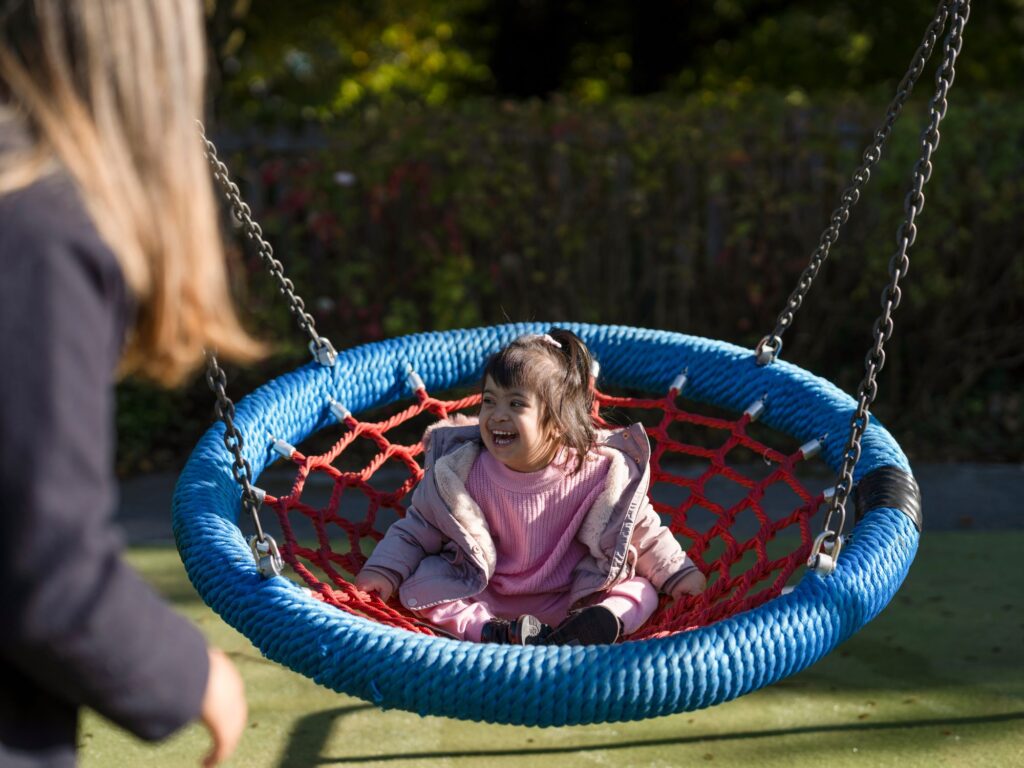Designing Inclusive Play Spaces: A Guide To Commercial Playgrounds
As society evolves and recognizes the importance of inclusive environments, it has become essential for playground designers to develop commercial play areas that cater to all children. Inclusive playgrounds break barriers, fostering a sense of belonging among all children.
These play spaces allow children with and without disabilities to play together, fostering empathy, understanding, and acceptance. Therefore, designing inclusive commercial playgrounds is not just an architectural endeavor but a social responsibility as well.
This article explores various ways to design inclusive playgrounds that allow all children to interact, play, and learn together, regardless of their physical or cognitive abilities.
- Incorporate Universal Design
The universal design approach ensures that playgrounds are accessible and usable by everyone, regardless of their abilities. This design philosophy prioritizes equal participation by creating play spaces with a variety of activities that accommodate different ability levels. It also ensures easy navigation through wider pathways, ramps, and clear signage that aid children with mobility issues or visual impairments.
A universally designed play space, such as those from Jammin Playgrounds, incorporates not only physical accessibility features but also ensures sensory inclusivity. It includes a variety of play equipment that stimulates different senses, helping children with sensory processing disorders engage in play and interaction.

- Include A Variety Of Play Equipment
An inclusive playground should offer a variety of play equipment to cater to different ability levels and interests. Play equipment like swings, slides, climbing structures, and sensory play panels should be accessible for all children, including those who use mobility devices. Inclusive swings with back support or adaptive seats, for example, allow children with physical disabilities to enjoy the simple pleasure of swinging.
The play equipment should also cater to the cognitive and sensory needs of all children. This could mean including interactive panels that promote cognitive development, musical instruments for auditory stimulation, or sand and water play areas for tactile exploration. The idea is to offer an array of activities that stimulate and engage all children, making the playground a welcoming space for everyone.
- Prioritize Safety And Comfort
Safety is paramount in playground design. Inclusive playgrounds should feature safety surfacing like rubber tiles or poured-in-place rubber to prevent injuries from falls. The materials used should be non-toxic and durable, with all equipment designed to minimize pinch points, sharp edges, and other potential hazards.
Comfort is another aspect to consider. The playground should have shaded areas to protect children and caregivers from the sun. Moreover, seating should be provided around the playground, both for caregivers and for children who may need frequent breaks.
Making these considerations ensures that the playground remains a comfortable space that promotes extended periods of play and interaction.
- Create Social Interaction Zones
Inclusive playgrounds should promote social interaction and collaborative play. This involves creating spaces where children can gather, such as a central play structure, picnic tables, or an open sand and water play area. These spaces encourage children to engage with each other, fostering cooperation, communication, and empathy.
Similarly, quiet zones should also be part of the design, providing spaces for children who might feel overwhelmed or need some time to recharge. Such zones could feature calming sensory elements like a water feature, wind chimes, or textured panels, providing a calming retreat for children who need it.
- Incorporate Nature Play
Nature play involves integrating natural elements into the playground design, such as plants, trees, sand, water, rocks, and logs. This encourages children to interact with nature and learn about their environment. It also provides an opportunity for sensory exploration, as children can touch different textures, smell various plants, and listen to nature’s sounds.
Integrating nature into playground design is also beneficial for children with sensory processing disorders, as natural settings are generally less stimulating than built environments. Care should be taken, however, to ensure that these elements are safe and appropriately designed for children with various abilities.
- Provide Clear Signage And Wayfinding
Clear signage and wayfinding are crucial components of an inclusive playground. They help children understand the layout of the space, making it easier for them to navigate and participate in various activities. For children with visual impairments or cognitive disabilities, clear signage with high-contrast colors, tactile features, or braille can enhance their playground experience.
Beyond assisting children, clear wayfinding also supports parents and caregivers. Signage that provides information about the various play activities and their intended age groups, as well as safety guidelines, can help caregivers ensure their children’s well-being while using the playground.
- Engage The Community
Designing inclusive playgrounds should involve the participation of the community. This includes parents, caregivers, children of all abilities, and local disability advocacy groups. By involving these stakeholders in the design process, designers can gain insights into the specific needs and preferences of the users, ensuring the playground truly meets the needs of all children.
Community involvement also fosters a sense of ownership and responsibility, promoting the ongoing care and maintenance of the playground. In addition, it raises awareness about the importance of inclusion and accessibility, fostering an inclusive culture within the community.
Takeaway
Designing inclusive commercial playgrounds involves careful planning and consideration of various aspects, from universal design principles and varied play equipment to safety, comfort, social interaction zones, nature play, clear signage, and community involvement.
This guide serves as a roadmap for creating play spaces where all children can play, learn, and grow together. Companies that work towards this vision are not only creating fun, engaging spaces for children but are also actively contributing to a more inclusive society.






